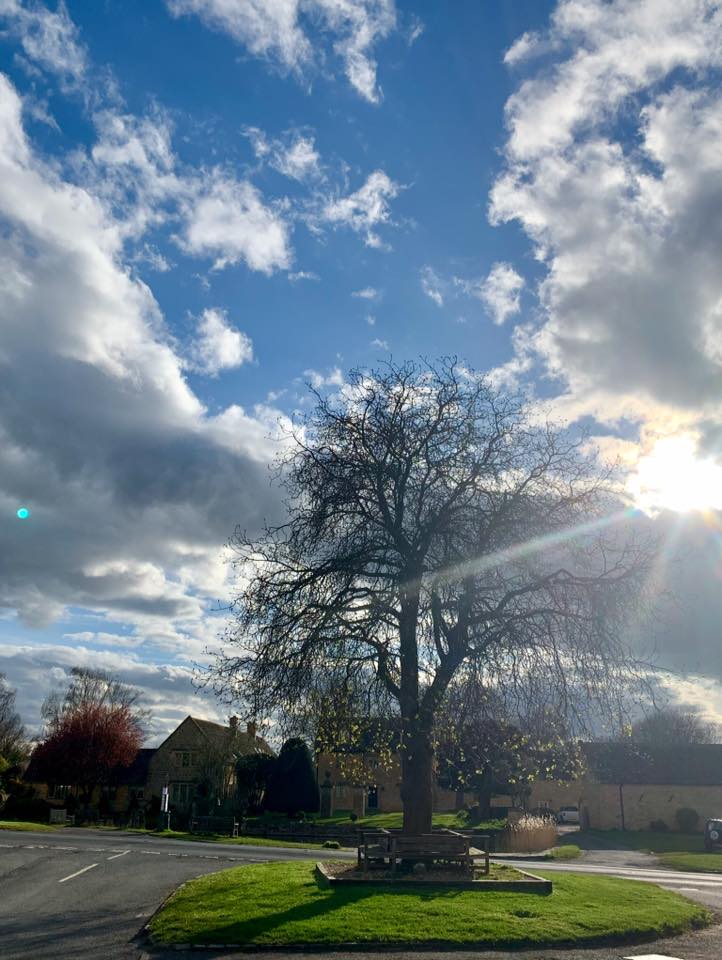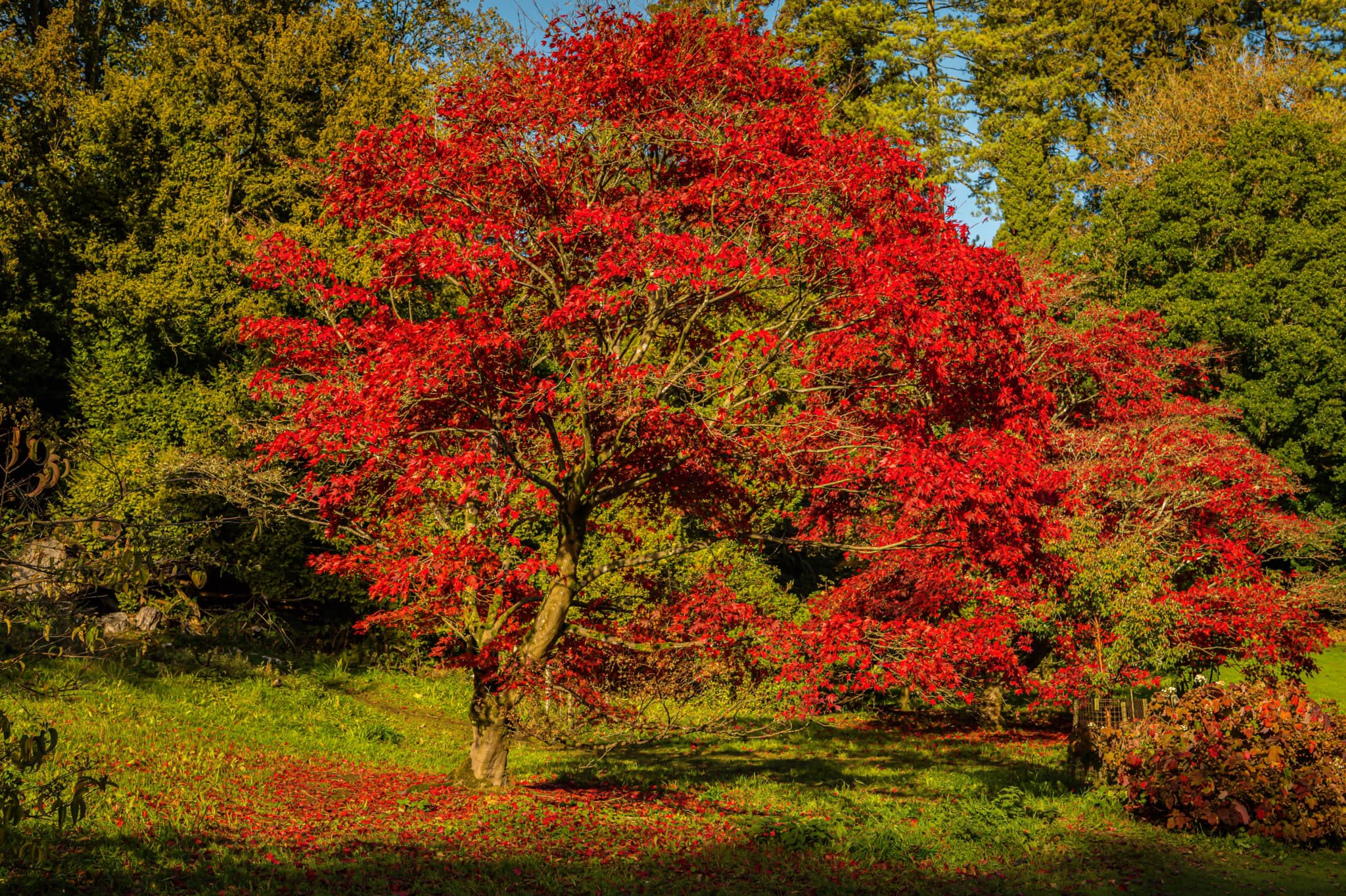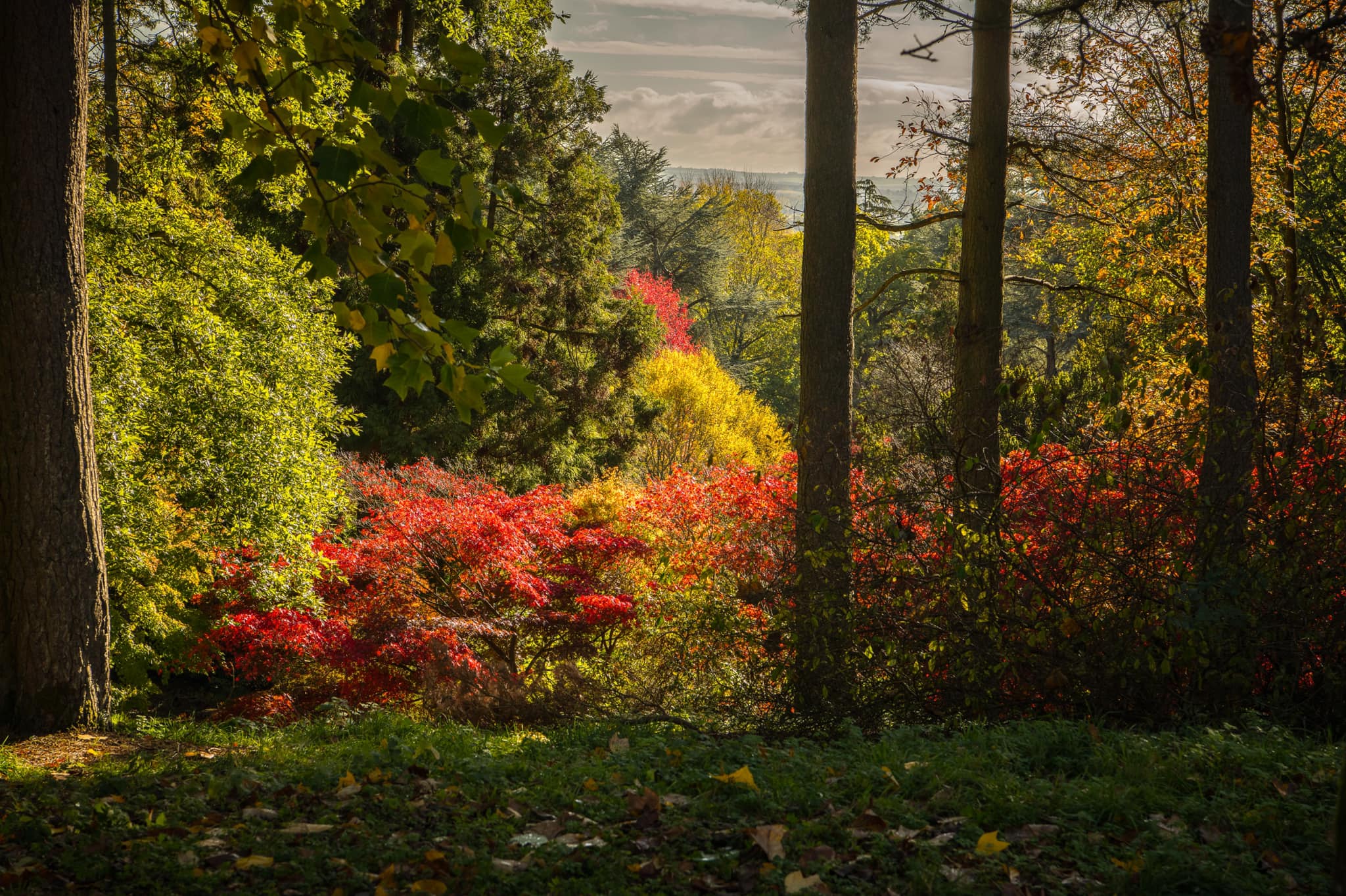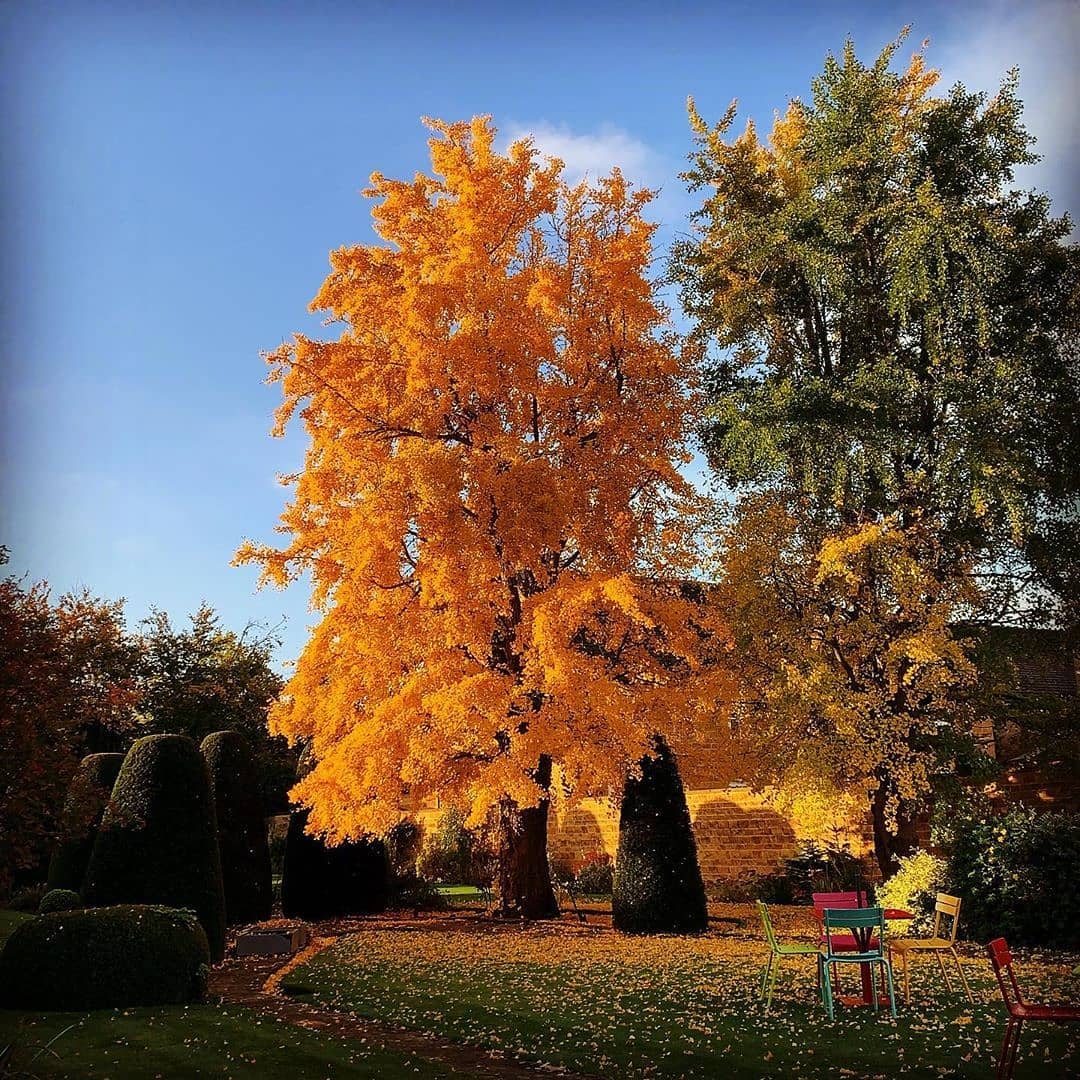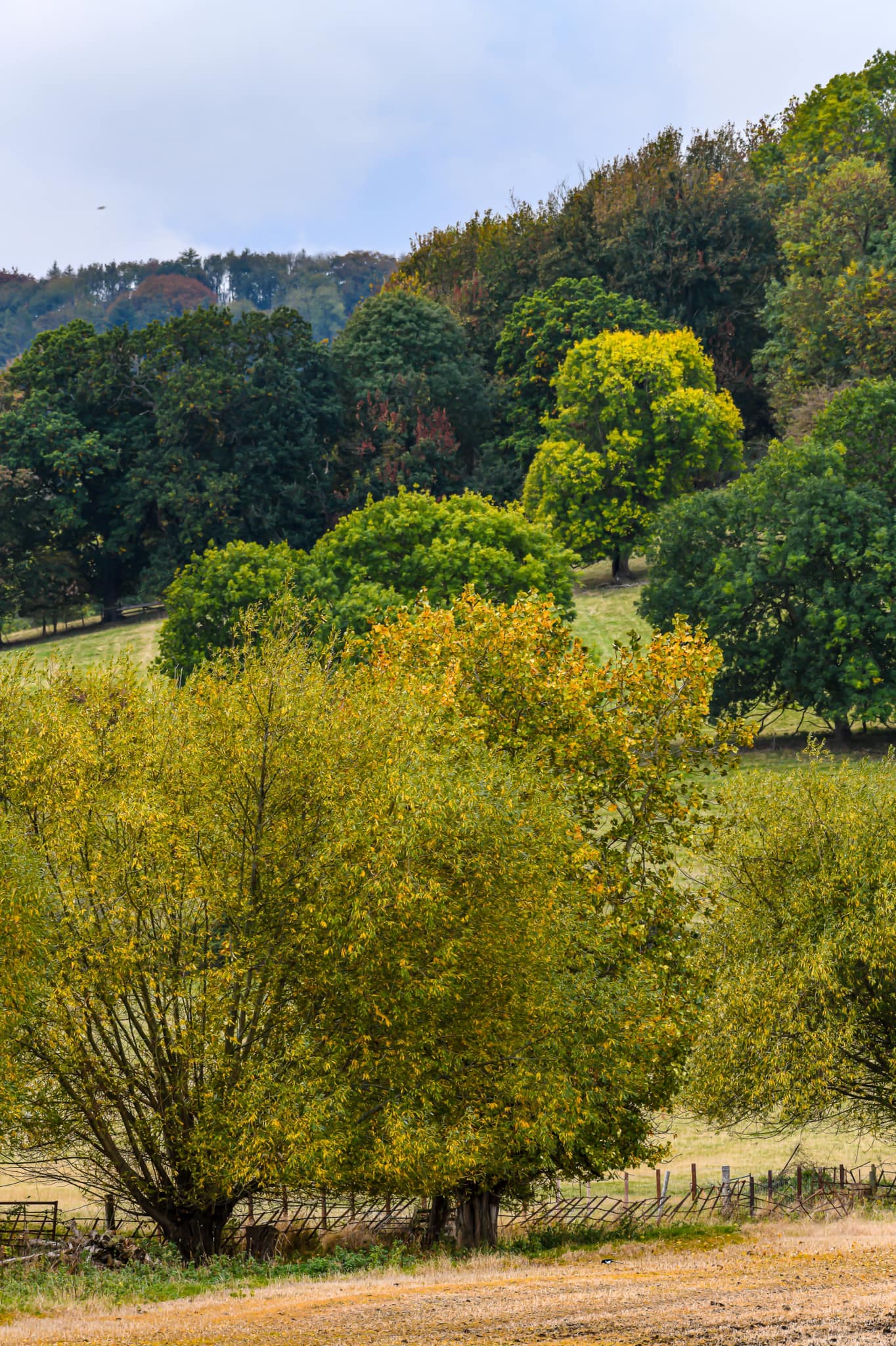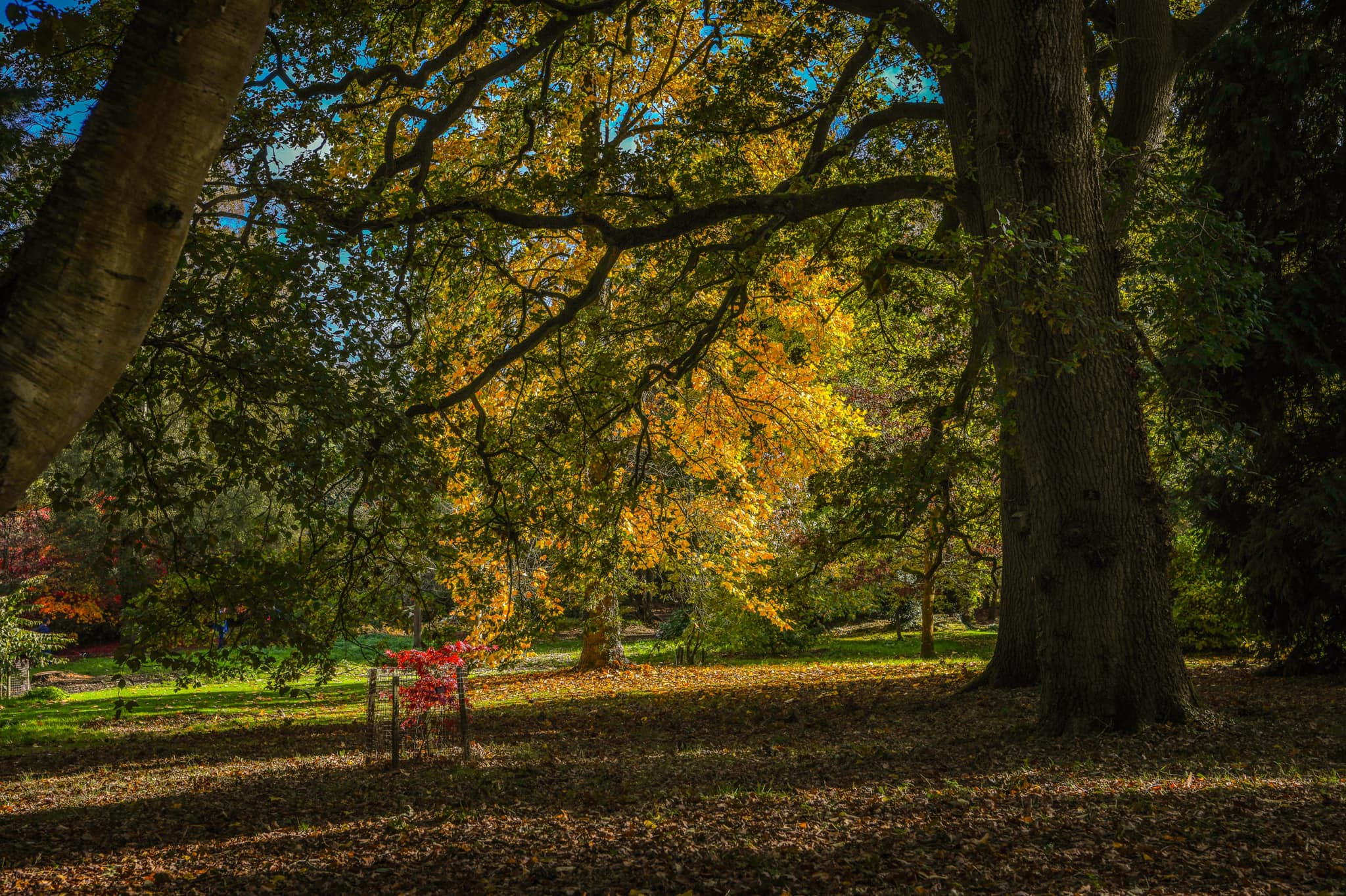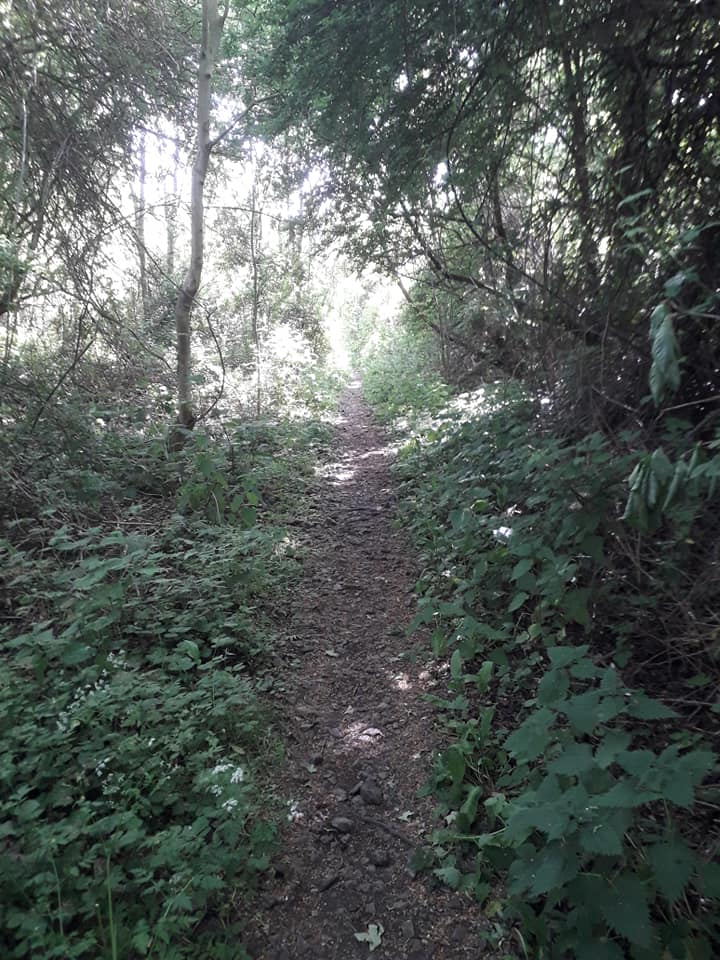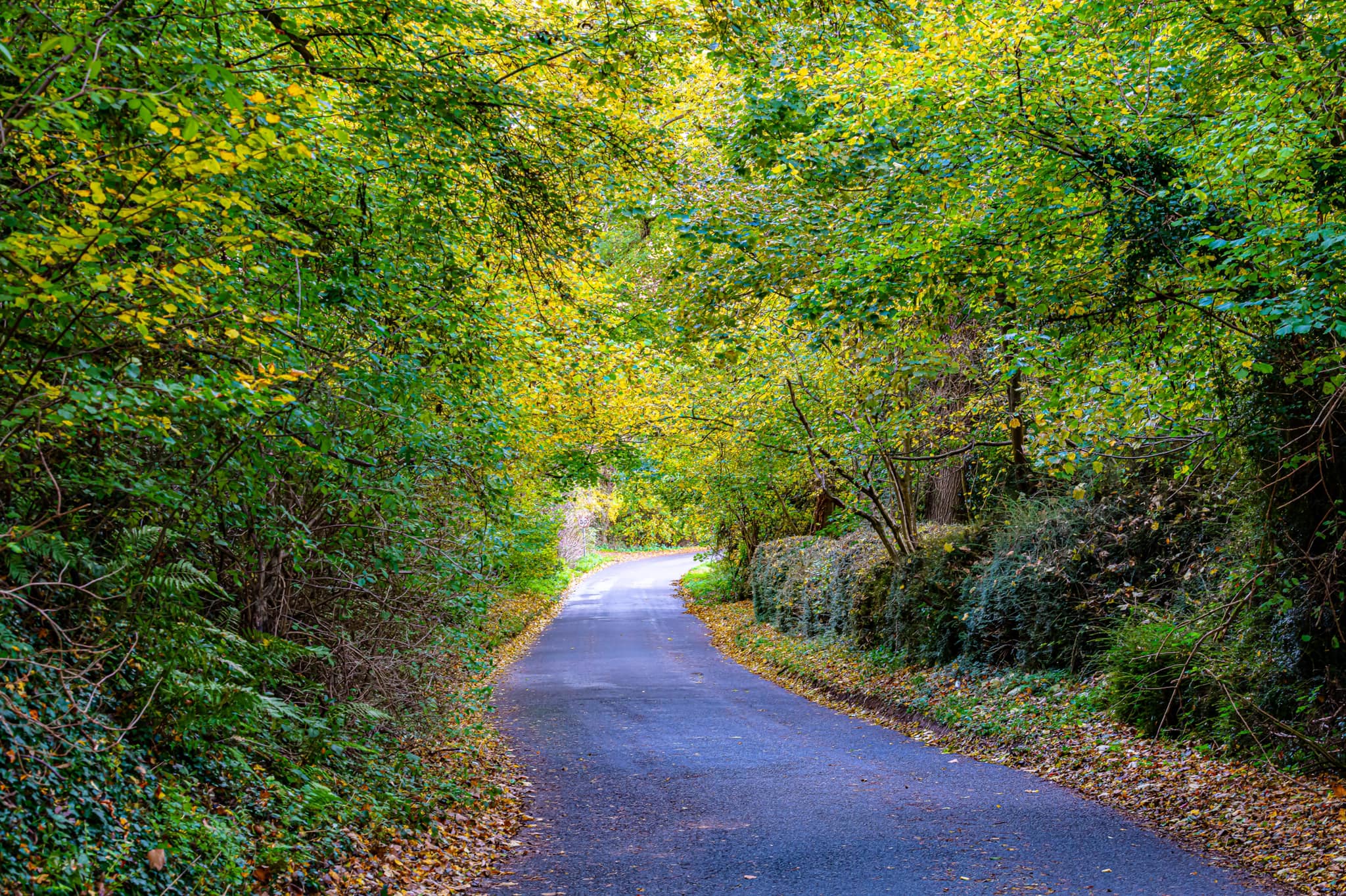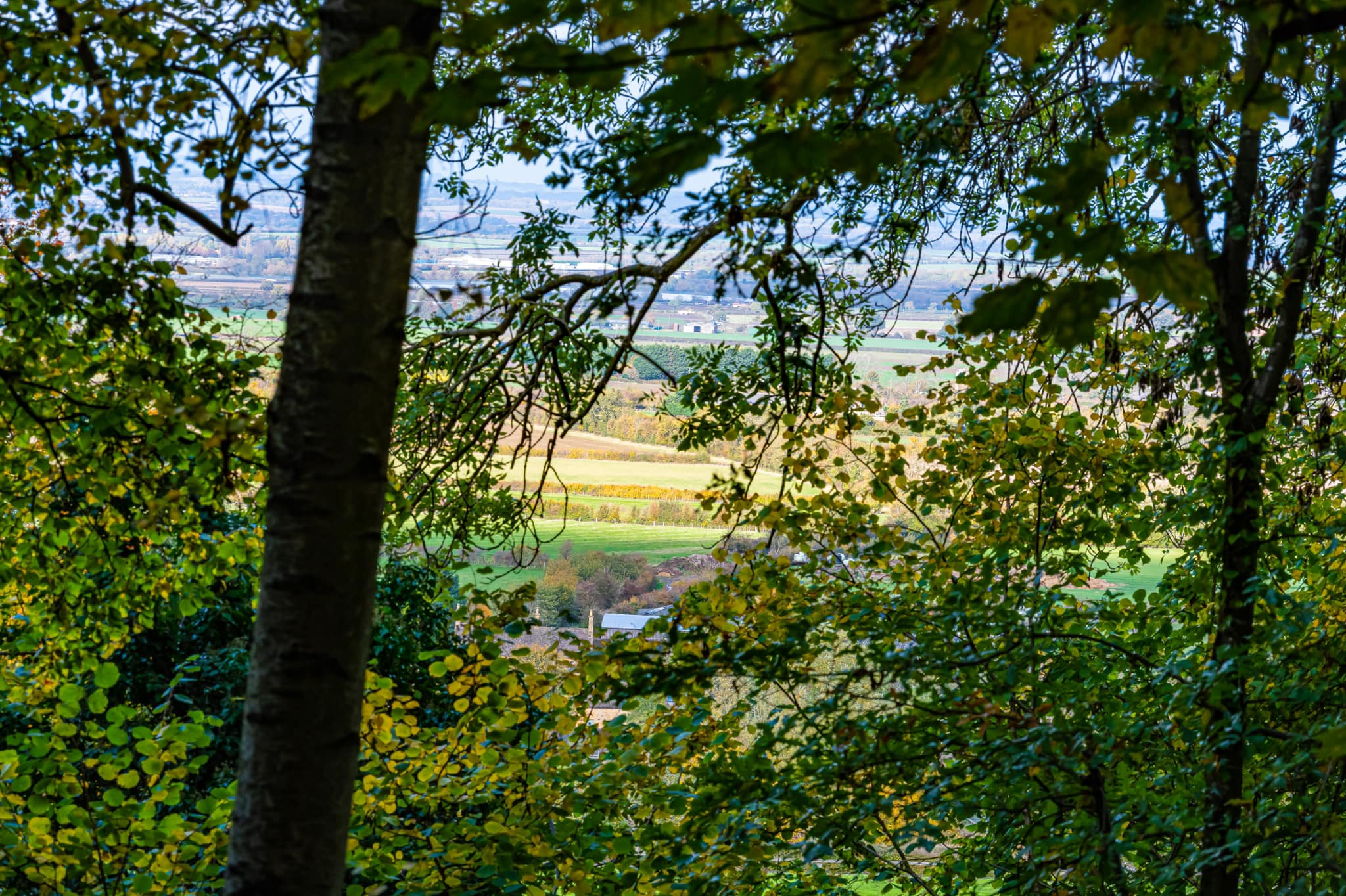| Willersey has a facebook page. Home Page | Menu & Search Page Email us here:- | ||||||||
|
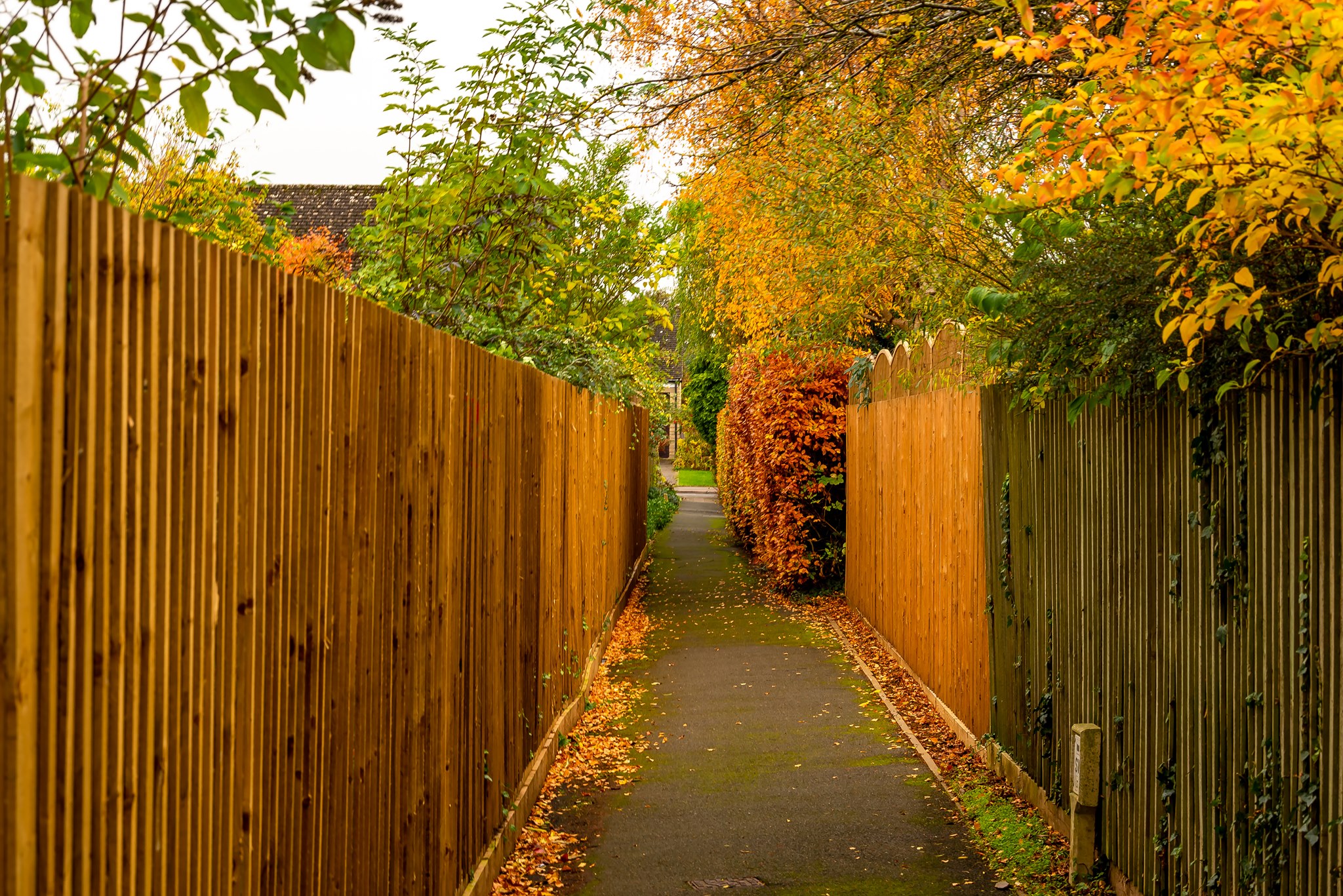 Ash trees across the UK are dying, and fast Trees are a key visual feature in any rural landscape, including the Cotswolds National Landscape - Area of Outstanding Natural Beauty. Currently though, we are set to lose one type almost entirely – the ash tree. A destructive fungal disease – ash dieback – has been spreading since 2012, and it will kill most of the ash trees in the UK, including those in the Cotswolds. This is no small thing – ash trees are the third most common tree in the UK. “Ash dieback became evident in the Cotswolds last summer”, explains Mark Connelly, Land Management Officer at the Conservation Board, “There is no cure, so we are very likely to lose over 90% of ash trees in woodland, and around 70% of those outside woods, including big veteran trees and ancient pollards.” Ash is a dominant tree in the Cotswold landscape, and in some places it provides the majority of tree cover. Ash trees provide habitat and food for 111 species of insect and mites, of which 29 are specific to ash. Bats use ash trees for foraging and hibernation, and rows of trees provide flight lines across the landscape connecting roost and foraging areas. Mature ash trees with holes and hollows provide roost sites for birds as well as homes for small mammals. It will be crucial to maximise the benefits new trees will provide for wildlife, the landscape, and people. Replacement tree species to be planted include oak, beech, lime, field maple, and hazel. 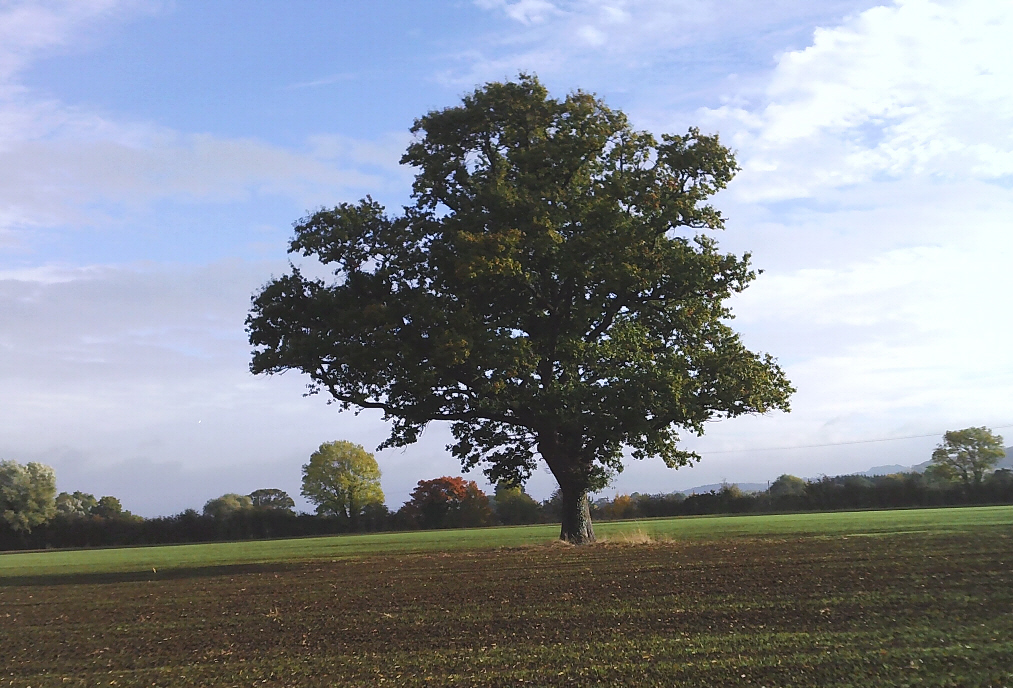 |
Go to top
